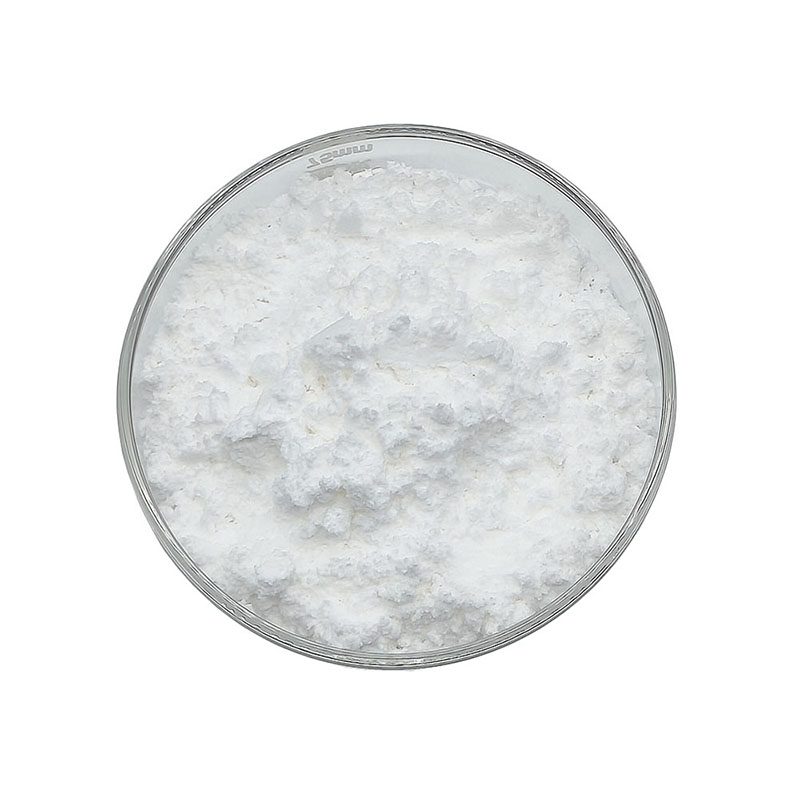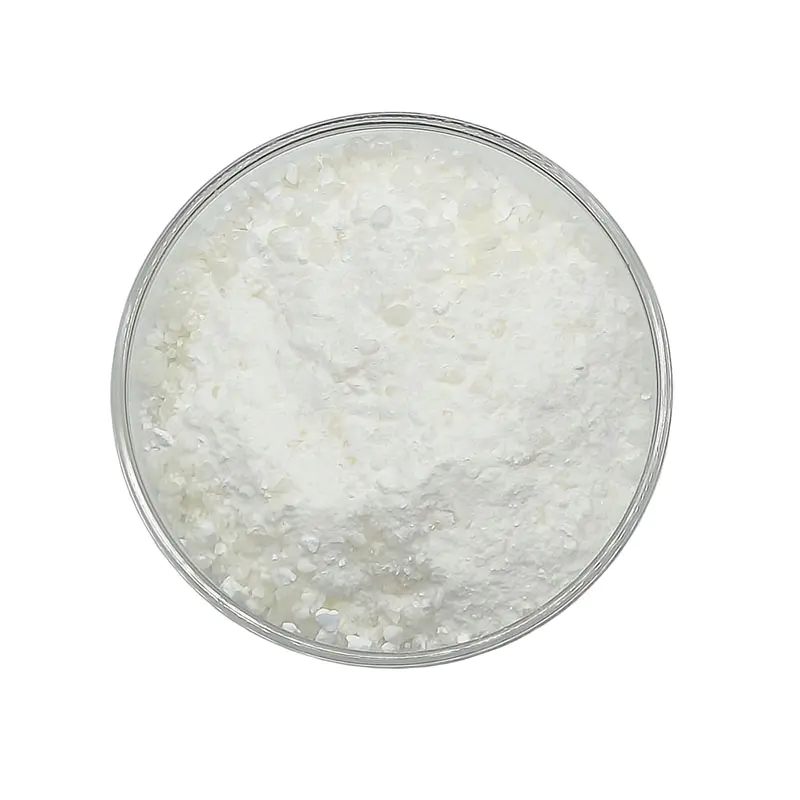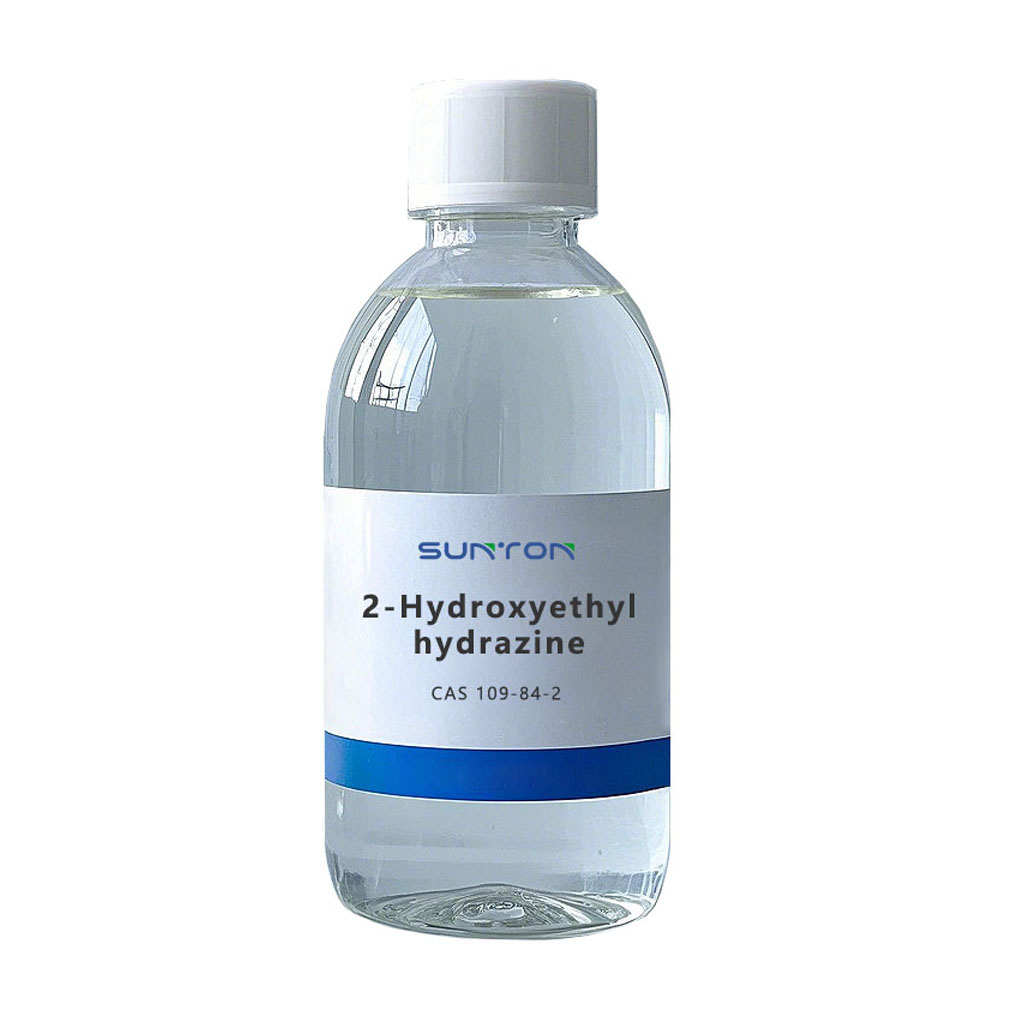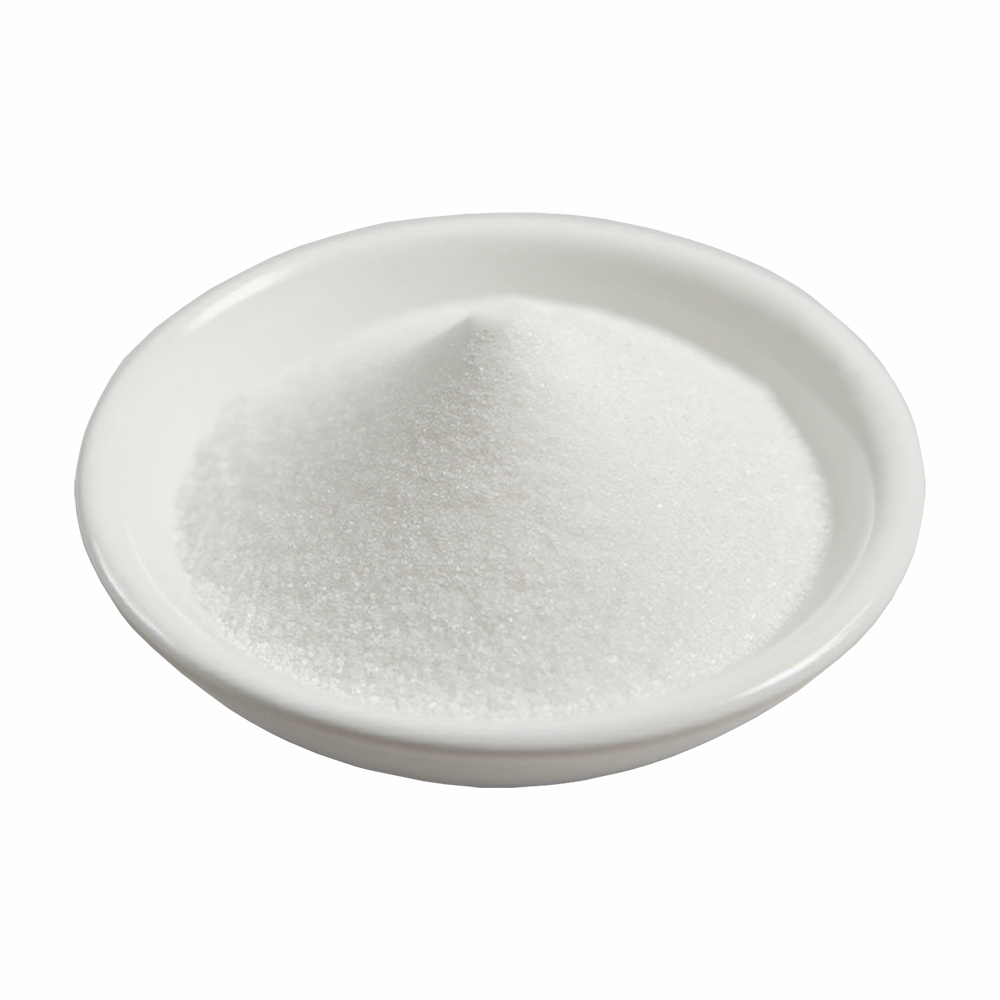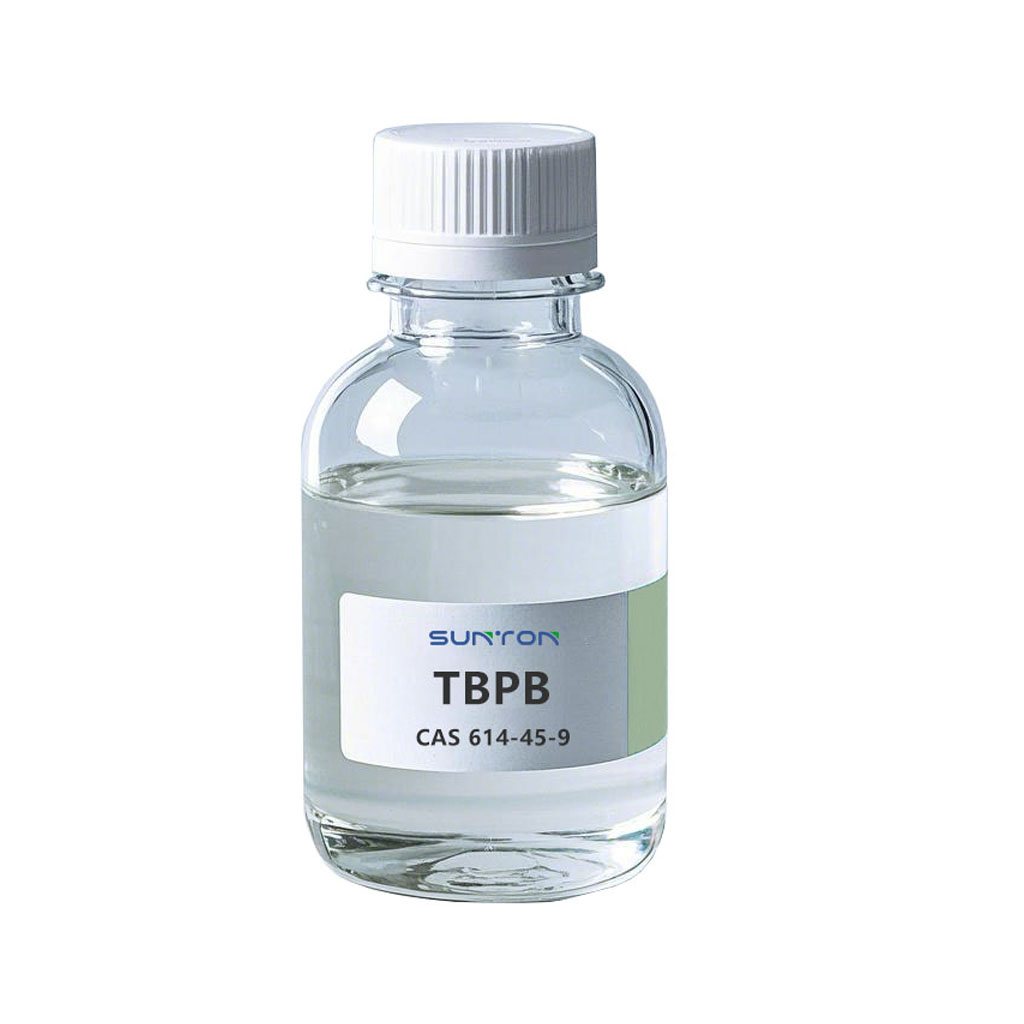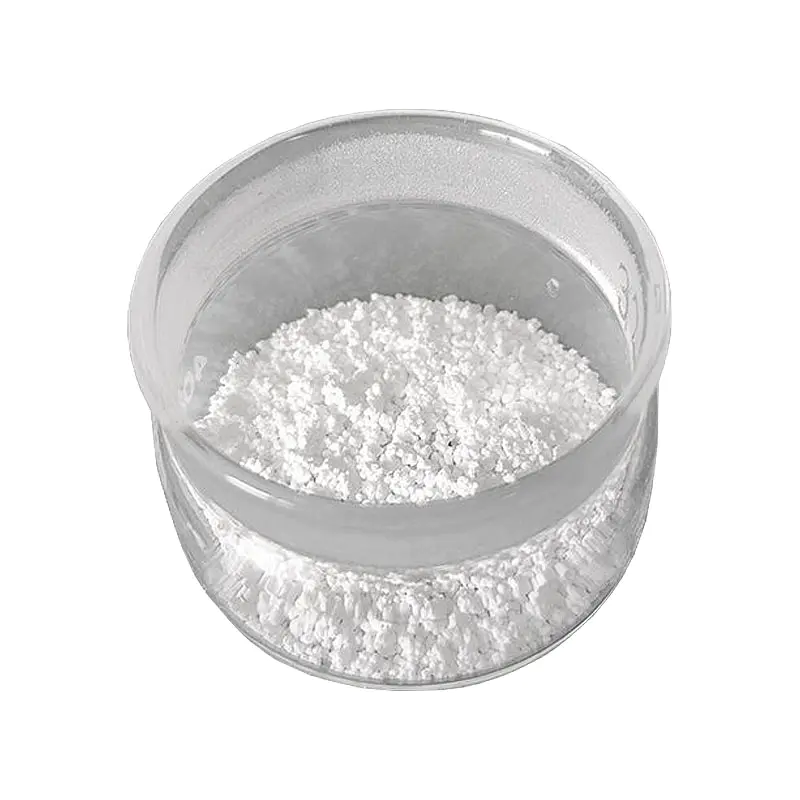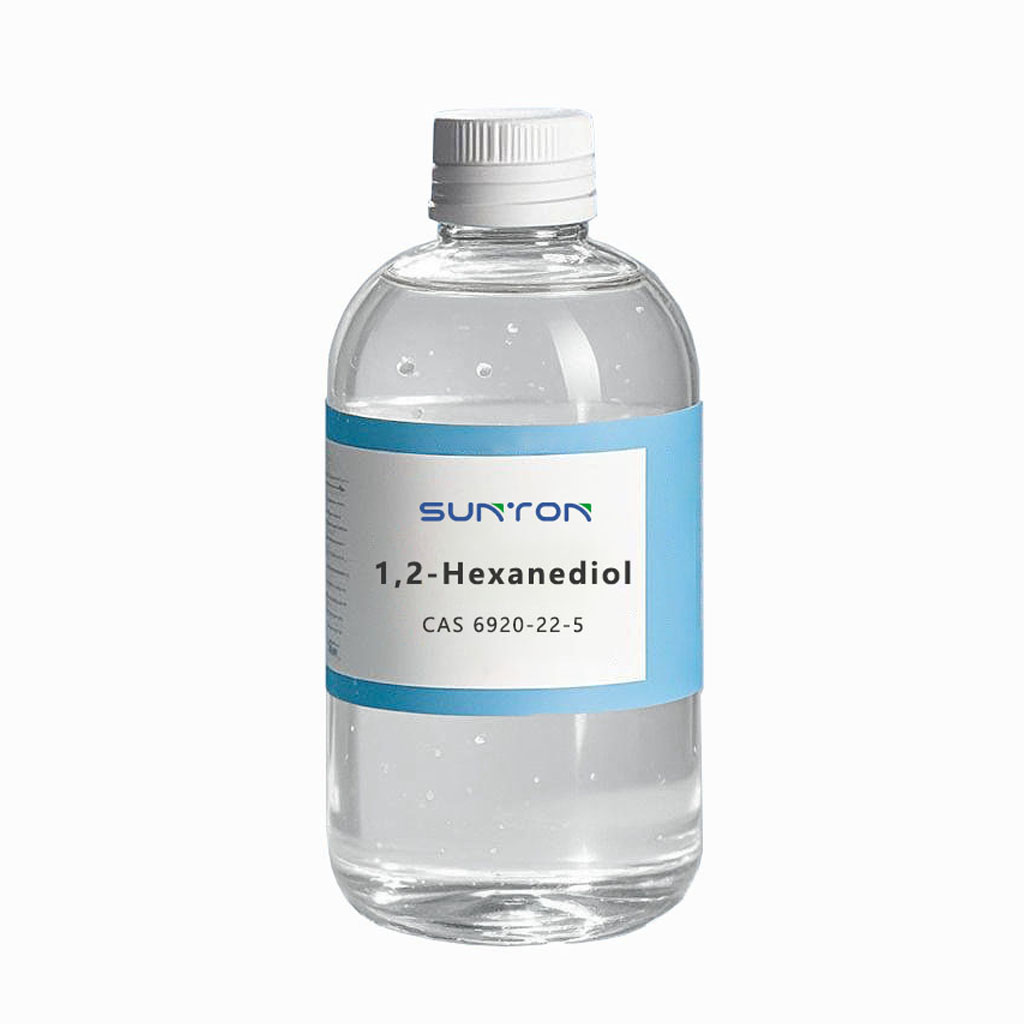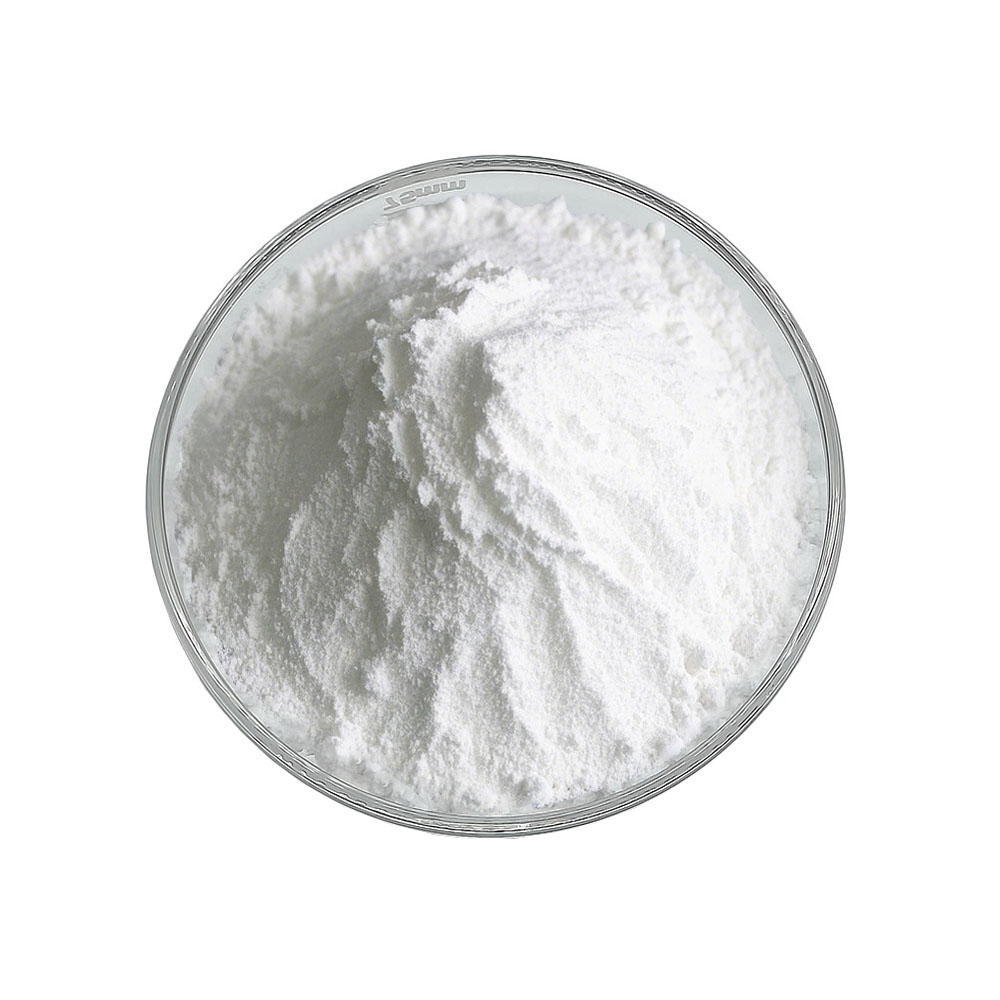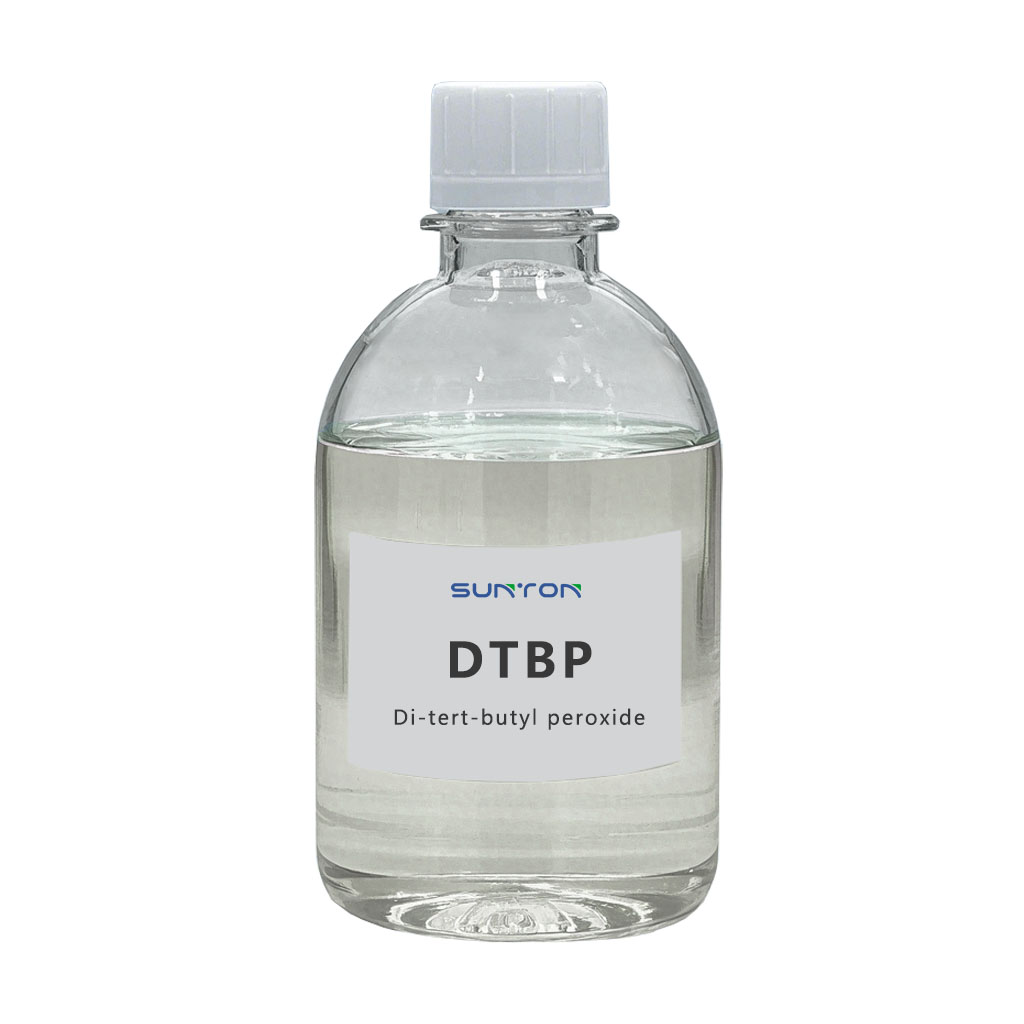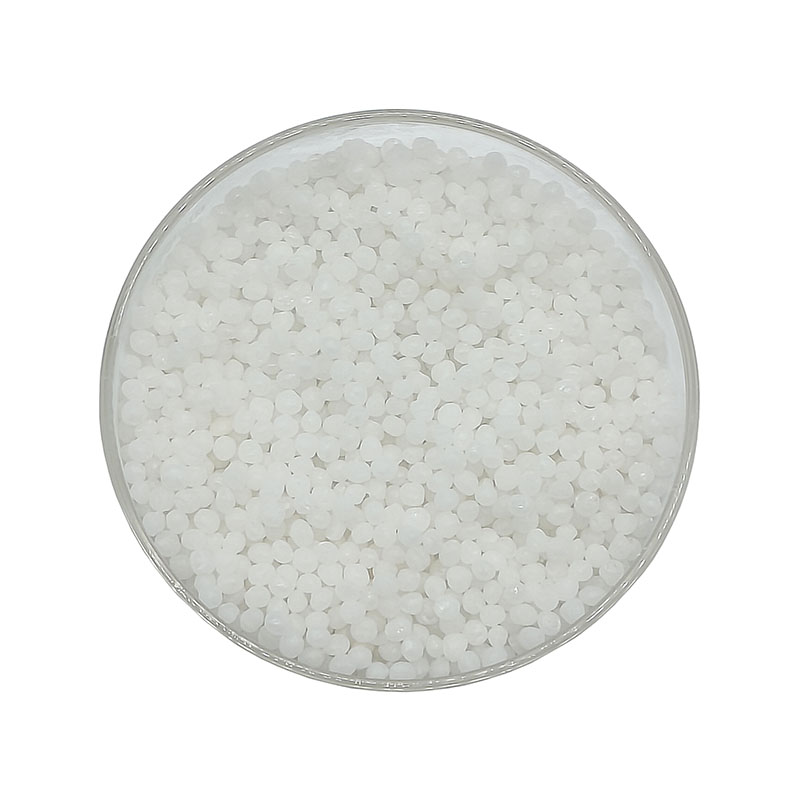Search By Posts
Product Category
Industry News
 By Admin
By Admin
How to Build a Scientific Daily Skincare Routine to Improve Skin Health?
Establishing the Foundation: Core Steps for Daily Care of Sensitive Skin
Caring for sensitive skin requires adhering to the principles of gentleness, simplicity, and efficiency, with the core focus being on maintaining the integrity and stability of the skin barrier. The entire process should avoid products containing irritating ingredients, alcohol, or heavy fragrances, and instead concentrate on ingredients with soothing and repairing properties. The daily care steps can be simplified into three basic stages: cleansing, moisturizing, and sun protection. During the cleansing stage, choose gentle cleansers with a pH close to the skin's natural level to minimize damage to the sebum film. The subsequent moisturizing step is crucial; select moisturizing products containing ingredients like ceramides, hyaluronic acid, or centella asiatica extract to help repair the damaged skin barrier and lock in moisture. Finally, regardless of the weather, applying a mild sunscreen designed for sensitive skin is essential before going out during the day to prevent further damage and inflammation from UV rays.
Cleansing First: The Methodology for Choosing the Right Cleanser for Your Skin Type
Cleansing is the first step in the skincare routine, and choosing the right product directly affects the absorption of subsequent products and the long-term condition of the skin. Different skin types have significantly different needs for cleansers. Oily skin may require slightly stronger cleansing power, such as amino acid-based or composite surfactant cleansers that can unclog pores to ensure excess oil and dirt are effectively removed. Dry and sensitive skin should prioritize low-foam, soap-free cleansing milks or mousses, which can clean while preserving the skin's necessary oils and moisture. Combination skin can adopt a zone-care strategy, focusing on the T-zone and being gentler on the U-zone. The key to determining if a cleanser is suitable lies in the post-cleansing feel; if the skin feels refreshed but not tight, smooth but not slippery, it indicates a good match for the current skin type.
Focused Care: Strategies for Body Skin Moisturization in Autumn and Winter
During autumn and winter, when air humidity drops and temperatures decrease, not only facial skin but also body skin faces challenges like dryness, itching, and even flaking. Body care needs to upgrade from simple cleansing to deep nourishment and moisturization. When bathing, avoid using excessively hot water and choose moisturizing body wash products to prevent stripping away the protective oils from the skin's surface. It is crucial to apply a body lotion or cream with strong locking-in properties immediately after bathing while the skin is still slightly damp. If the product contains ingredients like urea, petrolatum, shea butter, or various natural plant oils, it can better simulate the human sebum film, forming an effective protective layer to prevent rapid moisture evaporation. For extremely dry areas like elbows, knees, and heels, targeted thick application or even brief wrapping with plastic wrap can promote absorption, maintaining the softness and hydration of the skin all over the body.
Boosting Efficacy: Secrets to Enhancing the Absorption of Skincare Ingredients
Having invested time and money in skincare products, it's natural to want their active ingredients to be fully absorbed and utilized by the skin. Enhancing absorption efficiency isn't about a single step but a systematic process. First, thorough yet gentle cleansing is the prerequisite, ensuring that subsequent products are not blocked by dead skin cells and impurities. Secondly, regular but not excessive exfoliation, such as using chemical exfoliants like AHAs or enzyme-based products, can help unclog pores and renew the stratum corneum, opening channels for active ingredients. When applying skincare products, follow the rule of applying from thinnest to thickest consistency: toner, serum, then emulsion or cream. Allow a moment for each product to absorb before moving to the next. Additionally, gentle massage or using the warmth of your palms to press on the face can promote local blood circulation and aid ingredient penetration. It's worth noting that skin is more permeable when damp, so skincare immediately after cleansing or using a facial mist can also yield better results.
Safety First: Correct Storage and Management of Household Daily Chemicals
While daily chemicals convenience our lives, their safety cannot be ignored. Proper storage habits are key to preventing household risks. Most skincare and cleaning products should be stored in a cool, dry place, away from direct sunlight, as heat and UV rays can accelerate the deterioration and inactivation of their chemical components. Due to high humidity and temperature fluctuations, the bathroom is not an ideal storage location; try to store products in cabinets in bedrooms or storage rooms. Different categories of products are best stored separately, especially potent cleaners like drain cleaners and bleach, which must be strictly separated from food, medicine, and skincare products, and placed in high or locked cabinets out of children's reach. For all opened products, pay attention to the Period After Opening (PAO) symbol on the packaging (usually indicated as "6M", "12M"), and use them within the specified time to prevent potential health risks from microbial growth or ingredient oxidation.
FAQ (Frequently Asked Questions)
- Q: Can I use exfoliating products every day?
A: It is generally not recommended to exfoliate daily. Over-exfoliation can damage the skin's natural barrier, leading to increased sensitivity and fragility. Typically, oily skin can exfoliate 1-2 times per week, while dry or sensitive skin may only need it once every 1-2 weeks. The specific frequency should be adjusted based on individual skin tolerance. - Q: Is sunscreen necessary every day, even indoors?
A: Yes, sunscreen is an essential step in daytime skincare. UVA rays can penetrate glass windows and cause cumulative photoaging damage to the skin. Therefore, as long as you are indoors in an environment with natural light exposure during the day, it is advisable to apply a sufficient amount of sunscreen for comprehensive protection. - Q: Can I layer serums with different functions?
A: Yes, they can be layered, but the order and your skin's tolerance need consideration. Generally, it's recommended to apply serums with lighter, more water-based textures first (e.g., hydrating, brightening serums), followed by serums with richer textures and stronger functions (e.g., anti-aging, repair serums). Simultaneously, avoid stacking too many irritating ingredients at once (like high-concentration Vitamin C, retinol, AHAs) to prevent skin irritation.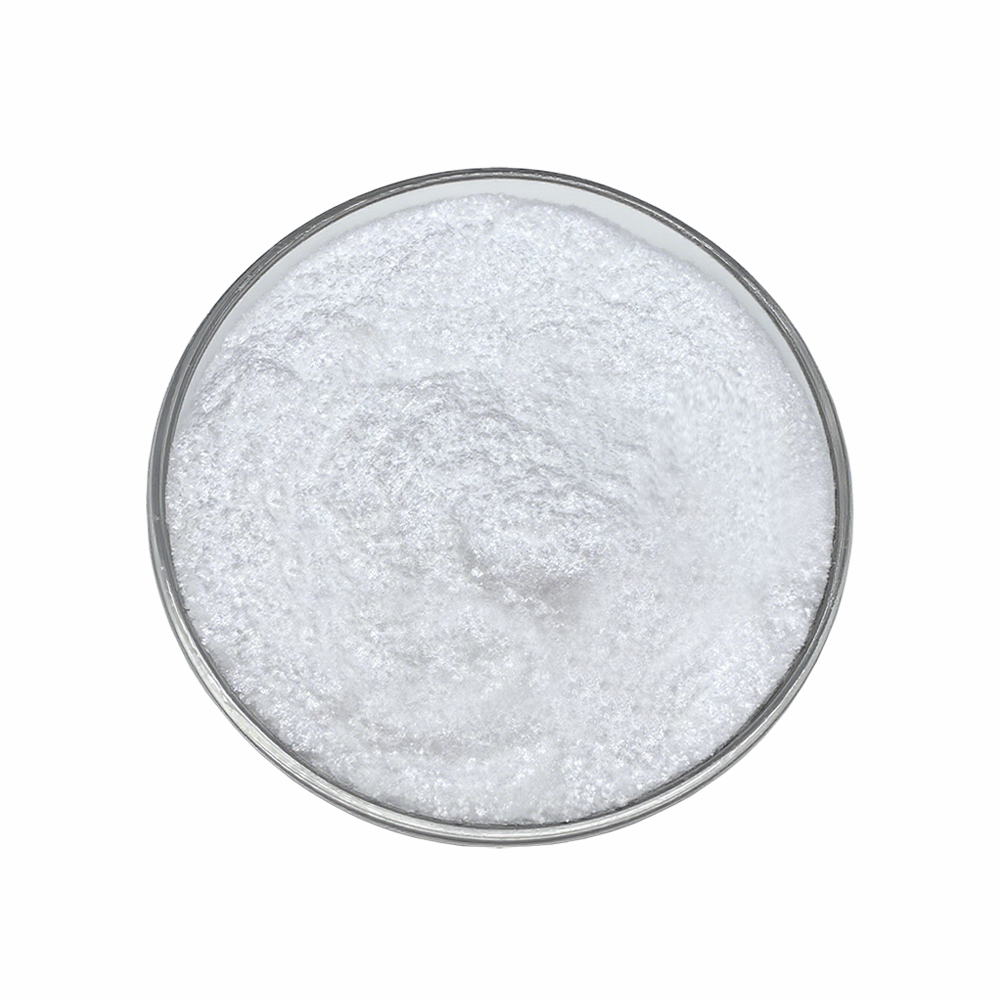


 English
English 中文简体
中文简体
